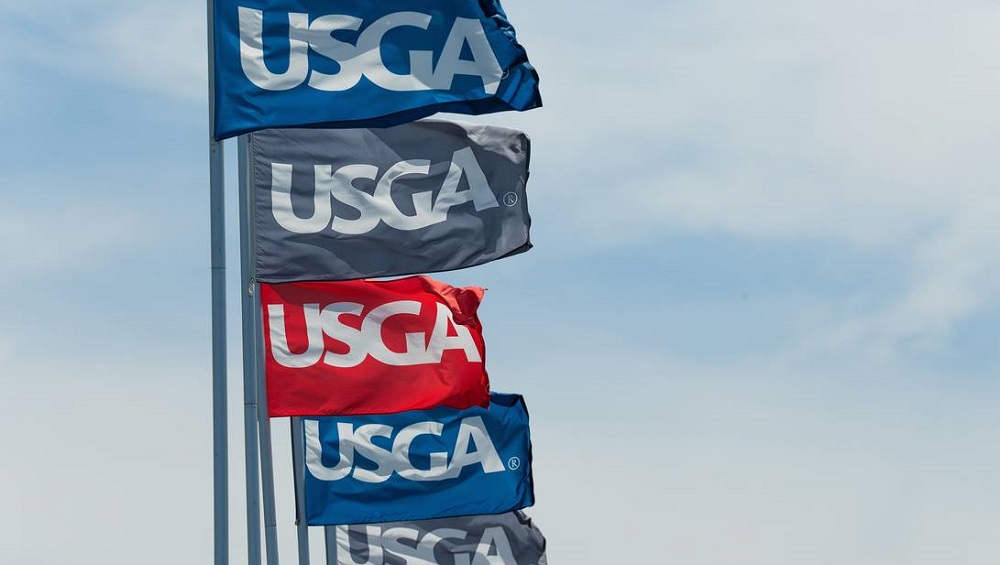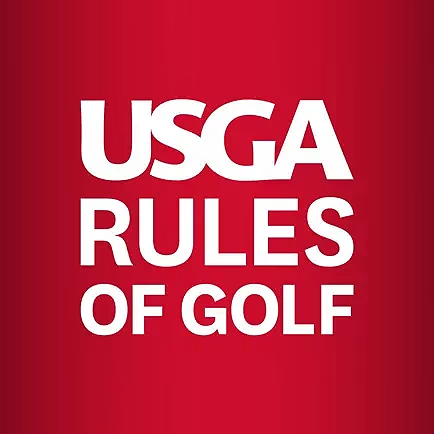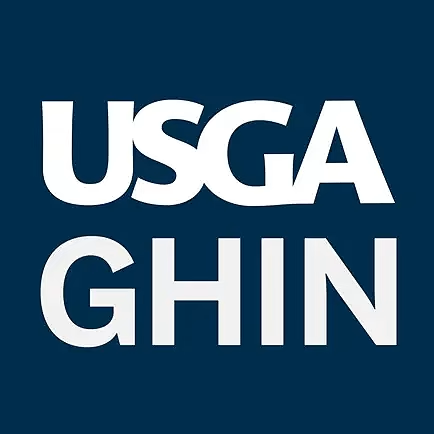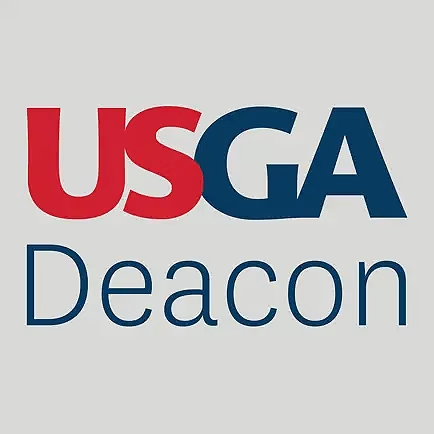
LIBERTY CORNER, N.J., USA AND ST. ANDREWS, Scotland (March 16, 2022) – The USGA and The R&A today released updated areas of interest and research topics on hitting distance in golf.
The governing bodies are continuing their work to assess potential future changes that address the long-term cycle of consistent increases in hitting distances. This results in course lengthening that threatens golf’s long-term sustainability and undermines the core principle that a broad and balanced set of skills should primarily determine success in golf.
The update follows a consultation with the industry and focuses on the Notice and Comment and Areas of Interest from the Feb. 1, 2021, release.
The official notice to manufacturers regarding these new Areas of Interest can be found via this link.
The USGA and The R&A will investigate the potential impacts on hitting distance from increasing the ball test speeds for golf balls to reflect the clubhead speeds achieved by today’s longest hitters.
The governing bodies will also narrow the focus of previously announced research topics for drivers, specifically within the context of potential Model Local Rules, to explore a reduction of spring-like effect to reduce hitting distance and changes to the Moment of Inertia (MOI) limit to enhance the reward of a central impact.
The USGA and The R&A have also made industry stakeholders aware that they are considering whether these potential changes could be coupled with other changes to the Equipment Rules that could provide the potential for enhanced innovation for recreational golfers.
The governing bodies believe that the changes being considered could:
- address hitting distances for the longest hitters, whose impact on the game and golf courses has been the most significant;
- minimize the impact on shorter hitters with slower swing speeds at the recreational level;
- allow for continued innovation of balls and clubs for players at all levels.
The updates released today are as follows:
Areas of Interest
1 - Potential changes to the testing methods for golf balls
Evaluate the effect of increasing the clubhead speed used to determine conformance to the Overall Distance Standard (ODS) to at least 125 mph and to use optimized launch angle and spin parameters (that are specific to each ball tested). In conjunction with the potential new test conditions for the ODS, the Initial Velocity Test may be modified or eliminated to provide the opportunity for innovation for shorter hitters. These potential changes would apply to balls used at all levels of the game.
2 - Model Local Rules – Club performance
Investigate the impact of a reduction of the allowable spring-like effect and moment of inertia in drivers. The governing bodies are considering these topics within the context of Model Local Rules that could be utilized for competitions involving the highest level of elite golfers. There is also interest in considering whether the adoption of these potential Model Local Rules could also allow the elimination of the MOI limit for recreational golfers, which could facilitate greater innovation and provide modest distance increases at this level of the game.
Golf’s stakeholders can provide feedback and research on these topics by Sept. 2, 2022.
Distance in Golf
The Distance Insights Report released in 2020 identified a long-term cycle of hitting distance increases and lengthening courses that the governing bodies concluded is detrimental to golf and the way it is played. More specifically, the report highlighted how this cycle is impacting, and is likely to continue to impact, the strategic challenge of the game and alter the variety of skills needed to be successful.
The report also found that the overall trend of golf courses becoming longer has adverse consequences that ultimately affect golfers at all levels of the sport, including by increasing the cost and time to play, limiting the advancement of sustainability efforts especially with respect to water usage and reducing the challenge of courses – in some cases creating a risk of them becoming obsolete.
The USGA and The R&A are working with the key stakeholders in golf to address these issues and to ensure that skill continues to be primary determinant of success in golf.
The governing bodies have also researched how course-related factors such as setup, conditioning and maintenance could be selectively used to impact the way a course plays. These factors have modest and varying degrees of impact on distance, costs and golfer experience and, therefore, should not be viewed as a means to sustainably reduce the long-term impact related to distance across the game. These potential practices will continue to be reviewed as part of the ongoing conversation with the industry on distance.
In line with Equipment Rulemaking procedures, the latest Areas of Interest confirm the key areas of focus of the governing bodies but do not represent a proposal or decision on any aspects at this stage.
“We’re moving forward on this important work because we want golf to remain just as strong 50 years from now as it is today,” said Mike Whan, CEO of the USGA. “It energizes all of us to do what is in the best interests of the game and keep it thriving long into the future.”
Martin Slumbers, chief executive of The R&A, said, “We have been working through this process carefully and collaboratively with the golf industry and greatly appreciate the constructive feedback we have received. Our thinking on these areas continues to evolve and we believe we are moving in the right direction to maintain the balance between skill and technology in golf that we have said is important. We will continue to work quickly but carefully as we look to resolve this complex and challenging issue for the sport as a whole.”
The 2021 Annual Driving Distance Report
The R&A and the USGA also today released the 2021 Annual Driving Distance Report. The full report can be found here.
For more information visit www.usga.org/distanceinsights or www.randa.org.
About the USGA
The USGA is a nonprofit organization that celebrates, serves and advances the game of golf. Founded in 1894, we conduct many of golf’s premier professional and amateur championships, including the U.S. Open and U.S. Women’s Open Presented by ProMedica. With The R&A, we govern the sport via a global set of playing, equipment, handicapping and amateur status rules. The USGA campus in Liberty Corner, New Jersey, is home to the Association’s Research and Test Center, where science and innovation are fueling a healthy and sustainable game for the future. The campus is also home to the USGA Golf Museum, where we honor the game by curating the world’s most comprehensive archive of golf artifacts. To learn more, visit usga.org.
About The R&A
References in this document to The R&A are to R&A Rules Limited. Together The R&A, based in St. Andrews, Scotland, and the USGA govern the sport of golf worldwide, operating in separate jurisdictions but with a commitment to a single code for the Rules of Golf, Rules of Amateur Status and Equipment Standards. The R&A governs the sport worldwide, outside of the United States and Mexico, on behalf of over 36 million golfers in 144 countries and with the consent of 159 organizations from amateur and professional golf.
The R&A aims to invest £200 million in developing golf over a decade and supports the growth of the sport internationally, including the development and management of sustainable golf facilities. For more information visit http://www.randa.org














